Booking the Upper Mustang Jeep Tour with us means choosing the most rewarding and well-planned itinerary. We are the only tour operator with a circuit-type itinerary where you will pass through a new location at every stop, even during the return trip. This way, you will receive the best out of the Mustang Restricted Area Permit. Hence, this is effectively a Mustang Circuit Tour via Jeep.
Starting in the picturesque village of Jomsom along the Kali Gandaki River, the tour unfolds comfortably in a private vehicle. The primary highlight of the tour is the ancient city of Lo with its capital in Lo Manthang, a walled city housing the king’s palace.
While trekking to Lo Manthang takes up to 3 weeks, the Upper Mustang Driving Tour by Jeep takes only 6 days altogether. With increasing road access in the upper regions, most travelers now visit the region via jeep. Hence, the 4WD Jeep Tour to Upper Mustang is the easiest and fastest way into the region. The widely favored choices for Upper Mustang tours are the Scorpio Jeep, Hilux, Toyota Land Cruiser, and Nissan Patrol, known for their popularity.
Throughout Mustang's high hills and peaks, you will encounter various Buddhist artifacts, Chortens, and ancient monasteries, offering a glimpse into a culture that has endured for thousands of years. Don't miss the famous Sky Caves, housing ancient mummies, paintings, and scriptures.

A noteworthy stop is Muktinath, a sacred place for both Hindus and Buddhists. Here, the Muktinath Temple, dedicated to Lord Vishnu, stands as a symbol of religious harmony. Pilgrims believe that bathing in the 108 water sprouts surrounding the temple brings salvation.
This insightful journey is adorned with views of rivers, streams, monasteries, forests, old stone houses, caves, and the warm hospitality of the locals. Upper Mustang, part of the Tibetan Plateau, also evokes a sense of traveling to Tibet, with its rich and unique culture, the Bon religion, hence adding to the overall allure. The Upper Mustang Jeep Tour also immerses you in the isolated and captivating culture of the Thakali, Gurung, and Tibetan people.
Compared to other challenging trips, the Upper Mustang Jeep Tour reaches altitudes of only around three thousand meters. Thus, the Jeep Tour to Upper Mustang is suitable for any time of the year and individuals of all ages and physical strengths.

What to Know About Mustang, Nepal's Forbidden Kingdom
Mustang, often called Nepal’s Forbidden Kingdom, is a remote Himalayan region closed to foreigners until 1992. Tucked between the Annapurna and Dhaulagiri ranges and bordering Tibet, it was once an independent kingdom with its own monarch and remains one of the last strongholds of traditional Tibetan culture.
The region’s crown jewel is Lo Manthang, a walled medieval city home to ancient monasteries, royal palaces, and cave dwellings carved into cliffs.
For decades, Mustang’s isolation helped preserve its distinct language, customs, and landscape—a high-altitude desert marked by eroded canyons, ochre cliffs, and windswept plateaus.
Since opening, Mustang has grown as a niche travel destination, attracting those seeking raw Himalayan beauty and cultural depth. With the development of roads and 4WD routes, jeep tours have made this once-inaccessible land more reachable, offering a rare glimpse into a preserved Tibetan world. Its restricted status, spiritual aura, and surreal terrain make it unlike anywhere else in Nepal.
What is the difference between Upper Mustang and Lower Mustang?
Mustang is divided into two distinct regions: Upper Mustang and Lower Mustang. Although they fall under the same district, there are significant differences between them.
Lower Mustang includes areas like Jomsom, Marpha, and Kagbeni. The terrain here is semi-arid but still shows signs of vegetation, especially around riverbanks and orchards. Roads are rough but accessible by vehicle year-round.
Meanwhile, Upper Mustang begins north of Kagbeni. The terrain is harsh, dry, and barren. The development of paved and partially paved roads has significantly increased the accessibility of Jeep tours in the Upper Mustang region. Elevation ranges from 3,000 to 4,000 meters. It falls under the Trans-Himalayan region, bordering Tibet. Expect strong winds, minimal greenery, and expansive desert-like landscapes.

While Lower Mustang is predominantly Thakali, it has a strong Buddhist and Hindu mix, with temples, monasteries, and modern lodges. Tourism has blended into daily life.
On the other hand, Upper Mustang is ethnically and culturally Tibetan. It was a restricted kingdom until 1992, and it still retains strict cultural protocols. The walled city of Lo Manthang and surrounding villages follow traditional Tibetan customs, dialects, and festivals.
The Red Cliffs of Dhakmar and the Mysterious Chhoser Caves
The Red Cliffs of Dhakmar are one of the most visually striking sights in Upper Mustang. Their deep red color comes from natural iron oxide in the rock, and they rise dramatically above the village, shaped by centuries of wind and erosion.
It’s a unique landscape, unlike anything else in the region. Locals believe the cliffs are linked to ancient legends of Padmasambhava, but even without the mythology, the cliffs stand out for their raw natural beauty and geological significance.

Similarly, about 11 km from Lo Manthang, a special place called Chhoser is known for its sky caves—man-made structures carved high into vertical cliffs. The most accessible of these is Jhong Cave, a five-story complex with over 40 rooms. These caves are believed to be over 2,000 years old and were once used for burial rituals, meditation, and even shelter. Archaeologists are still studying them, and many remain unexplored.
Who is the King of Upper Mustang?
The last official king of Mustang was Jigme Dorje Palbar Bista, who ruled the region as the monarch of the Kingdom of Lo until the monarchy was dissolved by the Government of Nepal in 2008, when Nepal became a federal republic.
Though his royal status was no longer legally recognized, he remained a highly respected figure in Mustang until his death in 2016. The Bista family lineage is believed to descend from Ame Pal, the warrior who founded Lo Manthang in the 14th century.
While there is no formal king now, the local people still refer to the royal family with great reverence, and Lo Manthang retains much of its aristocratic and cultural identity tied to the legacy of the monarchy.







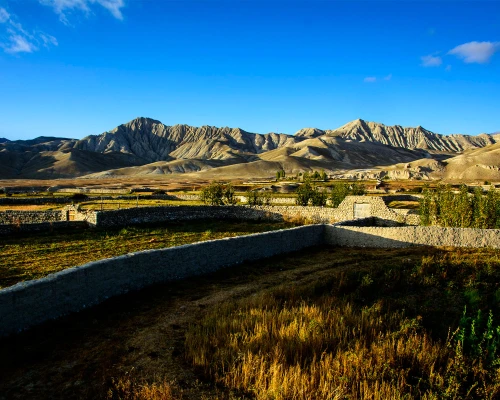
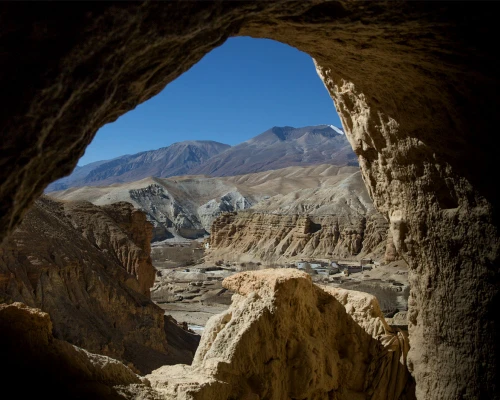
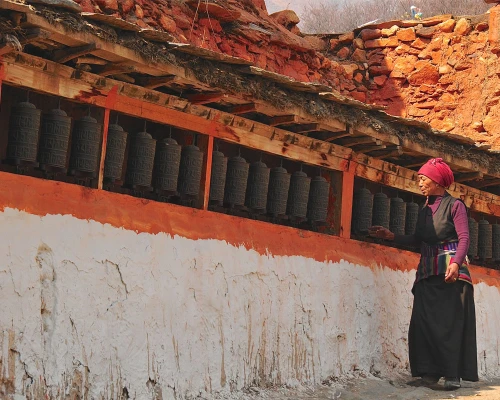
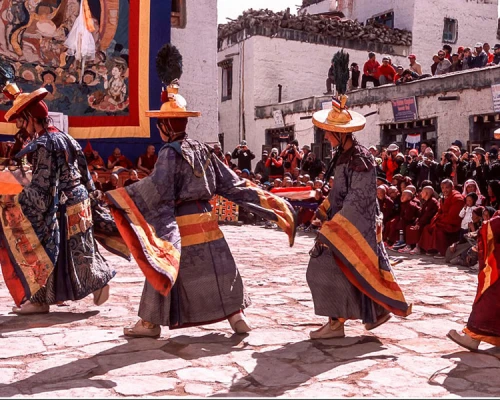
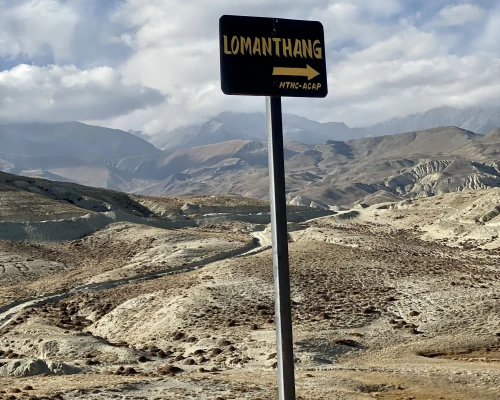

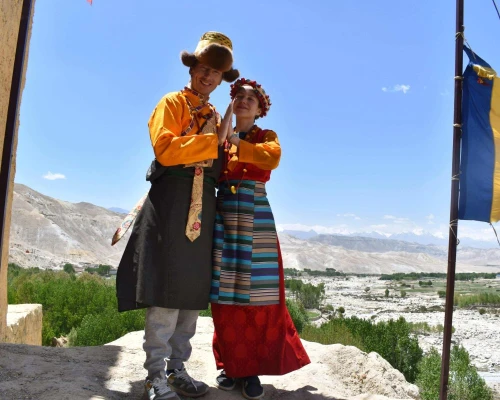
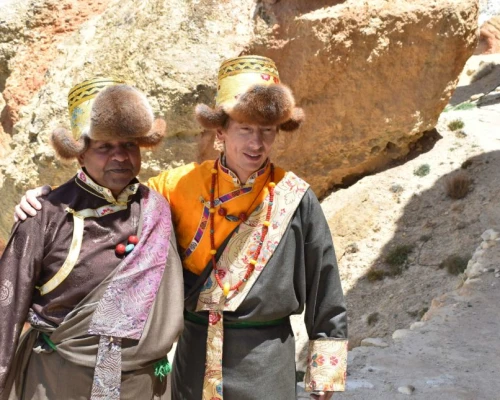

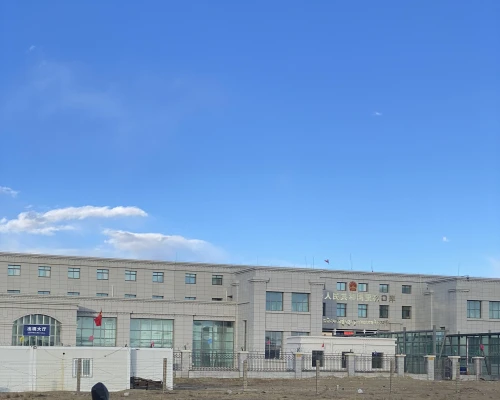
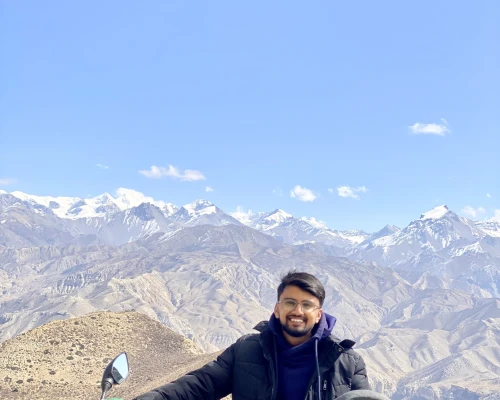
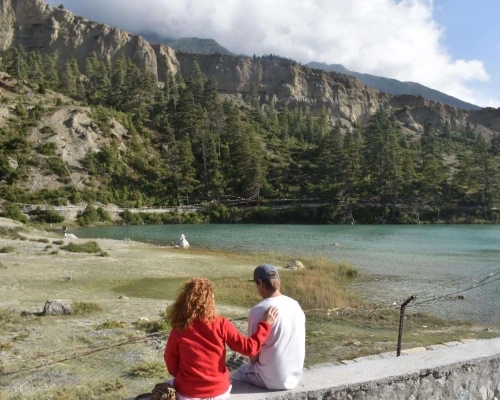
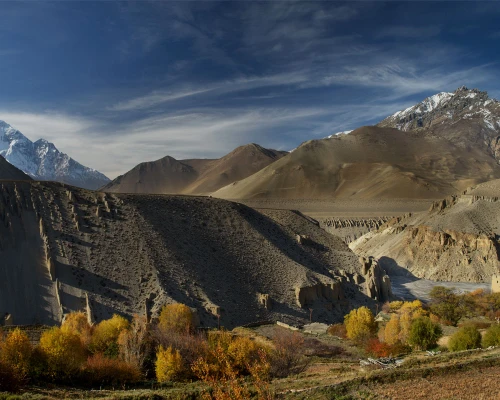
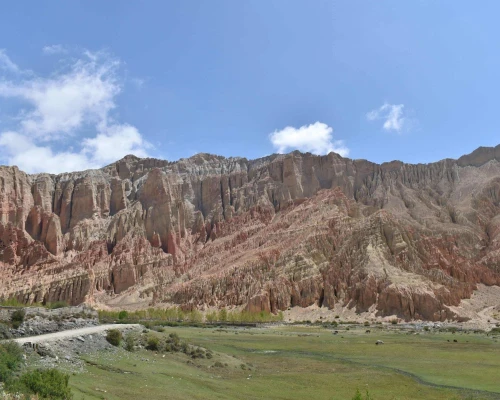

-(1).webp)

-(1)-(1).webp)

